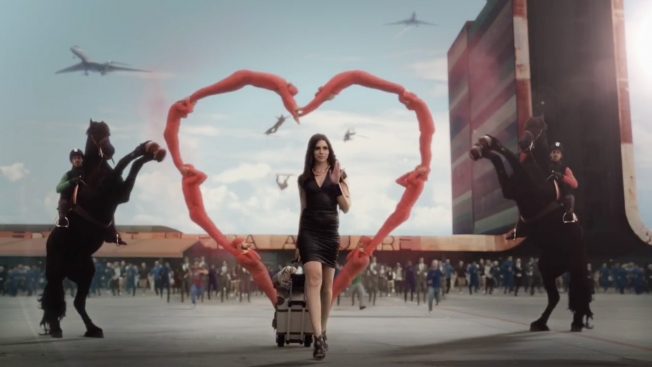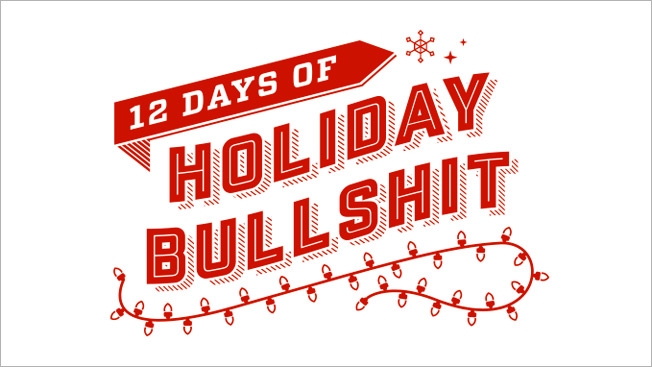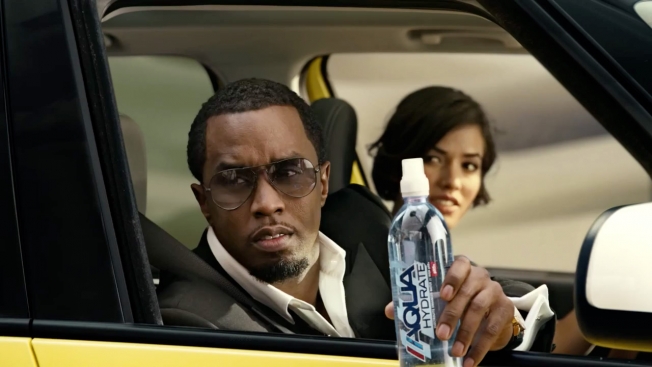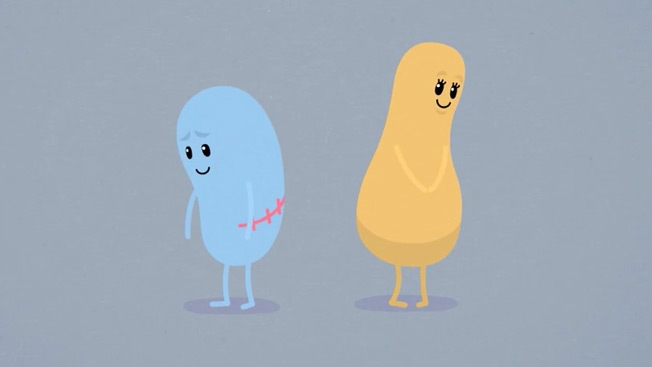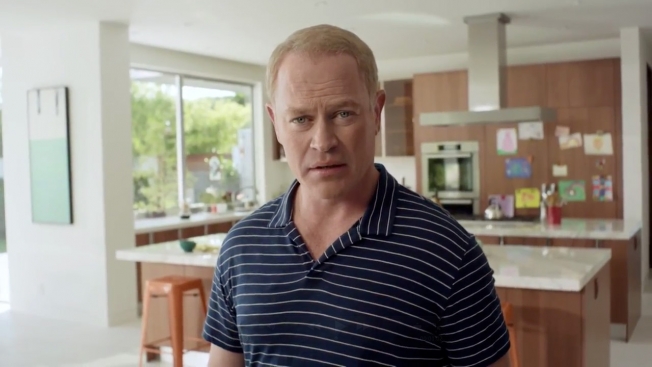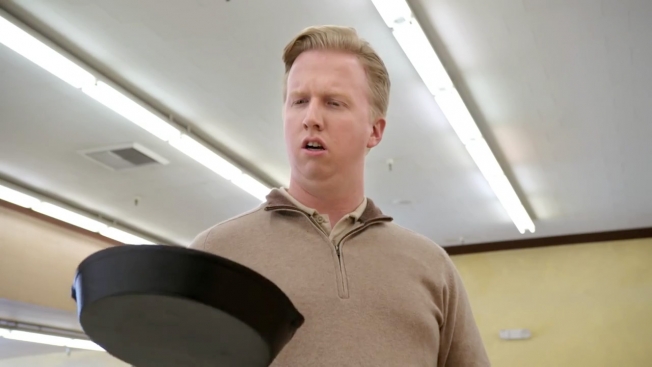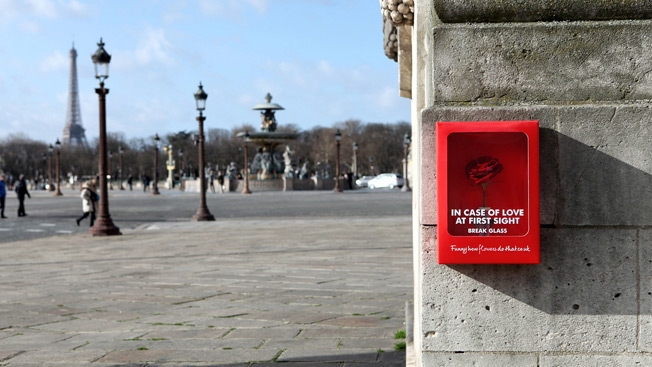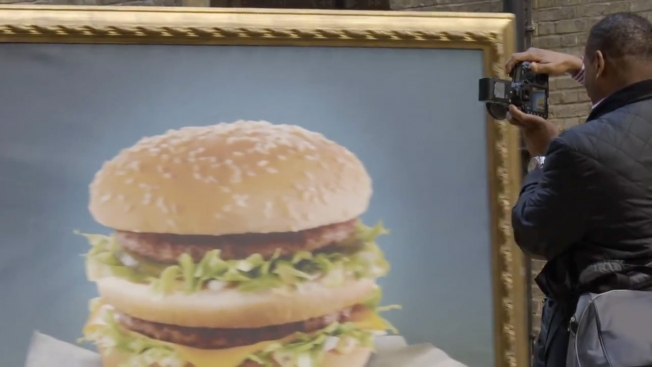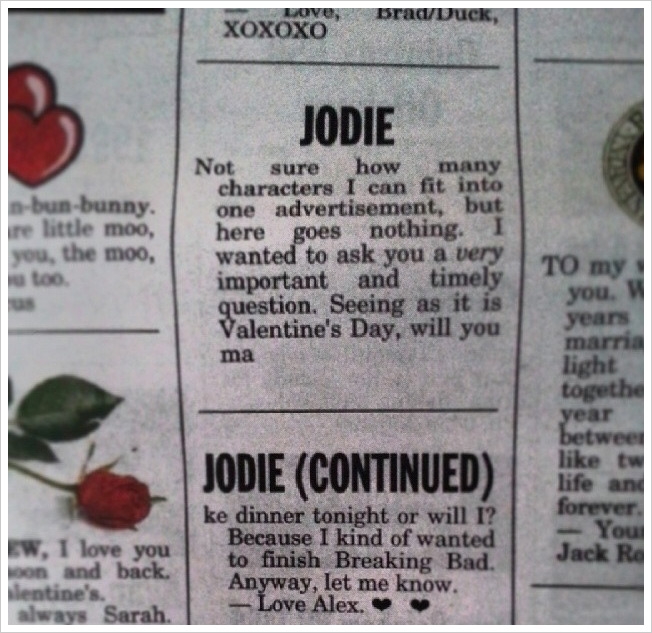Until recently, your kid’s brain has been the best place to stage battles between Spider-Man and Skeletor. But technology has made this a brave new world, and digital architects have built a whole new arena. Gaming has come to toy town.
![]()
Photo: Vasava
Good timing, too. The domestic toy industry flattened in 2012 and actively declined 1 percent in 2013 to $16.3 billion, according to market analysis firm the NPD Group. But one of the few categories growing—by a whopping 70 percent year over year, if you believe Activision—was the interactive toy market. These toys work directly with video games by way of a little plastic platform hooked into a game console that reads a chip in each toy’s base. Put Wash Buckler or Smolderdash on the Skylanders: Swap Force “portal” and suddenly your new toy shows up on-screen, able to summon a translucent blue pirate ship or set bad guys on fire. Buy the “playset” with the princesses from Frozen for Disney’s Infinity game, and you get a clear plate about the size of a poker chip that unlocks minigames themed to the figures.
This is an idea, by the way, that has been tried several times before, often disastrously . It didn’t help the initial pitch that when Activision created the category with the first Skylanders game during the 2011 Christmas season, casual and family gaming was considered a waning trend. “The premier children’s console was the Nintendo Wii, which was on the decline, and most developers were running away from it at the time,” recalls Tim Ellis, CMO of Activision. “We essentially got into the toy business, which is not the core competency of the company. And we just had a lot of data at the time telling us that it was not a particularly smart idea.”
But the possibility that Activision could create and then corner new markets in both toys and games was too good to pass up. This time, there were no technical flubs, no angry parents and none of the other roadblocks that had stymied past gaming-toy development. All told, Activision informed investors it generated more than $2 billion in sales from both toys and copies of the Skylanders games since launch.
Disney has sold 3 million Infinity starter packs since the game went on sale in August, and for Disney Interactive, that success is a huge shift. The unit operated at a loss of $76 million in Q4 of 2012 but reported a profit of $16 million for Q4 of 2013. That’s not yet enough, frankly. The company spent $100 million to make the game over nearly four years, during which time Disney Interactive lost hundreds of millions of dollars—notably from social gaming unit Playdom, a company Disney bought for $563 million in 2010. (Playdom is reportedly slated for major layoffs.) Infinity represents an opportunity to turn the ship around. Revenue for 2013 more than doubled from the previous year to $396 million, according to the parent company’s SEC filings.
John Blackburn, the Disney Interactive vp who oversees Infinity (and founded Avalanche, the studio that developed the game), says the game solves a problem that had grown more and more difficult over the years for IP rights holders: how to make tie-in games on a movie-release timeline that don’t bust budgets or play like junk. (Disney isn’t alone in dealing with this problem. Said one critic of the final Harry Potter movie tie-in game, “We can’t score it low enough.”)
“With Frozen, we didn’t do a full game this time around,” Blackburn says—they did an Infinity playset and will do more for future movies. The game was originally for the Toy Story 3 tie-in that the programmers didn’t have time to implement fully. “When we actually saw the first cuts of the film, we thought, if we could make a game that is just about playing with your toys, we should do that for Toy Story 3,” he says. Instead, it was shelved, given a relaxed lead time, and code-named Project Toy Box.
Interactive toys are also an acknowledgement that the overall model for the video game industry has changed—the single-purchase $60 game built from scratch is a less and less attractive proposition to publishers, as risky as making a big-budget movie that might not get its investment back. Downloadable content—extra levels, new play modes, different playable characters—with lower price points and lighter investment has been the norm for a while in the grown-up gaming world (think the $0.99-$14.99 bells and whistles that roll out every few weeks for Activision’s other juggernaut, Call of Duty).
Skylanders and Infinity are an expression of that same ethos: spend less on development, publish more frequently, charge the consumer a smaller premium. Kids (and yes, some adults) get a physical doodad for $12, and it’s kind of cool. And within the games themselves, there are also levels and sections blocked off that can only be accessed with a toy from the toy store. Though Infinity and Skylanders aren’t terribly similar in terms of their play styles, both have one in-game feature in common. When you try to get into those sections with the wrong character, you’re treated to a fairly shameless video previewing all the fun you’re missing until you buy the toy that can open up that section.
What’s alarming for the larger toy industry is that those doodads now represent a sizable chunk of the domestic market, which has seen gaming rocket into global popularity. Christmas was terrible for several toy makers. Q4 sales for Mattel were down $142.7 million against Q4 2012, and as of January the company remained locked in a bitter legal dispute over industrial espionage with rival MGA Entertainment (of the Bratz line of dolls—Marilyn to Barbie’s Jackie O). Hasbro isn’t in much better shape. In November, a court ruled it had shorted the inventor of the Super Soaker and Nerf guns by enough to award Johnson Research nearly $73 million. Sales of boys’ toys were down 16 percent in Q4. And now interactive toys are eating away at parts of the toy market.
![]()
Photo: Vasava
Specifically, they’re taking a chunk out of the action figure sector. “If you look at the action figure business itself, it’s down big time,” notes Bobby Stewart, CEO of Canadian toy company Swappz, which is looking for a piece of the low to middle sections of the connected toy market with Power Rangers and The Smurfs toys that work with branded mobile apps. “The action figure business is not dead, it’s just moved—there’s a new way of doing it.” (Not everyone agrees. Russ Crupnick, svp, industry analysis for NPD, argues that some of the decline is just cyclical.)
Stewart’s path to the toy industry is nontraditional, to say the least. Formerly a minor league hockey player, he got into the toy industry barely three years ago and rolled out Swappz last year with big-box retailers Walmart and Target already on board. “One of the complications we’ve obviously had [is] that we’ve grown so fast,” Stewart says. Meanwhile, the company is looking for more investors. “It takes big money to do these things, and we’re working on a very limited and tight budget,” he admits. Stewart has managed to nab some recognizable IP for Swappz—WWE and Teenage Mutant Ninja Turtles (internationally only, at this point), among others.
Stewart is certain that gaining an immediate toehold in the ballooning interactive toy market is vital for anybody looking to stay in that business. “It’s a $2 billion market that Skylanders started, but I don’t think it’s an $8 billion market,” he says. “The more people come along, the more it’s going to get sliced.” And it’s not just the newcomers that are going to try to siphon off some of that market growth. Hasbro’s recent acquisition of a coveted license to make toys for Rovio’s Angry Birds video game is now yielding fruit.
Hasbro also holds the master license (the right to control virtually all of the toys stemming from a given property in exchange for a hefty advance and guarantees) for Star Wars—and Angry Birds’ most successful editions have been Star Wars-themed. So now, using tiny QR codes on the bases of its figures, kids can “teleport” toys they buy at retail into the game every time they need a boost—a Han Solo bird for this stunt, a Princess Leia bird for that one.
The upshot is that toy-based games are going to derive a lot of their value from the intellectual property being licensed or created—much more than a simple movie-to-game cash in. As the first into the pool, Activision went the difficult route and created its own IP, but given that Disney spent $4 billion on Star Wars and another $4 billion on Marvel in a scant five years, it’s eager to realize as much return on that investment as it can. “Marvel and Star Wars are coming to Infinity,” says one licensing exec who asked not to be named. “You can charge a lot more for a physical thing than you can for a single item or character.” More companies than just Disney, he says, “are trying to revitalize their aging IP with the latest and the hippest technology,” and in this case it’s working extremely well.
It’s also pushing these toys into a slightly older demographic, which is where they want to be. “Kids are growing up sooner,” says the exec. “They’re aging out of demographics much quicker than they used to. They’re gravitating more toward video games as brands are being shifted ever younger.” There’s been a recent trend to market age-appropriate versions of valuable properties like Batman and the Transformers to kids as young as possible in an effort to maximize the length of time each child is buying those branded toys—and that trend has backfired. Much of this has to do with the way kids behave socially. Once a child is old enough to worry about whether it’s cool to play with the same things as his little brother, he’s moving on. It’s one reason you won’t see as many licensed goods targeting the very young this year at Toy Fair. “If you can get it on your pajamas, it’s probably not something a 12-year-old wants,” says Crupnick.
Technology has inherent age minimums (although toddlers love tablets and smartphones), so it’s going to be desirable to kids old enough to want to seem sophisticated. And more and more, games are simply seen as a better expression of the IP that’s been the cornerstone of the toy industry. “A Han Solo action figure can only have so many adventures before you discard it,” the exec says sadly. “Why would you want to buy a $10 action figure when you can buy an app that can keep you entertained for hours?”



